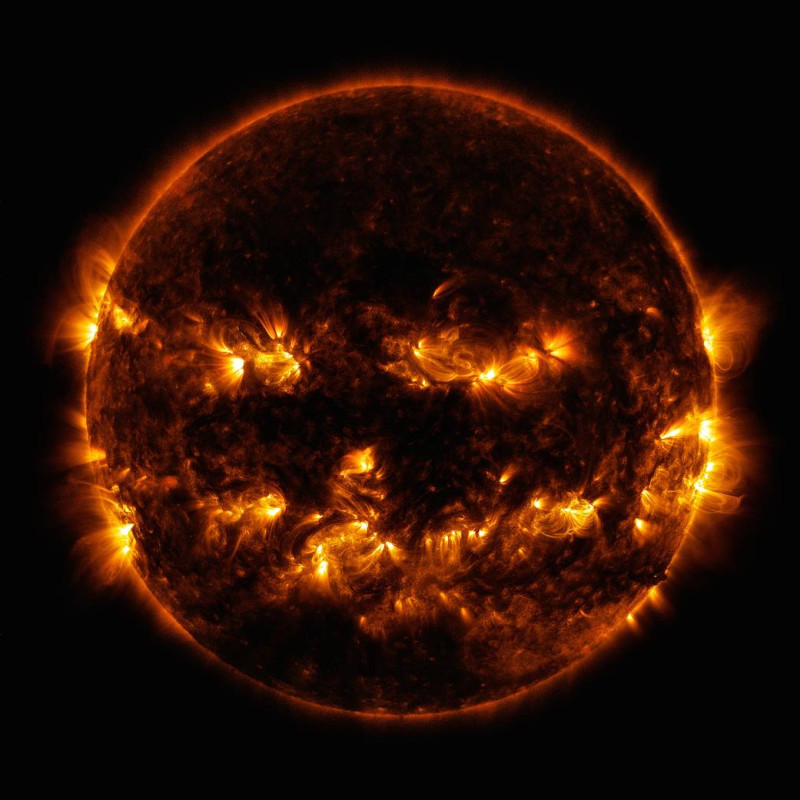It will predict where an impending solar storm will hit, anywhere on Earth, with 30 minutes’ warning
Like a tornado siren or life-threatening storms in America’s heartland, a new computer model combining artificial intelligence (AI) and NASA satellite data could sound the alarm about dangerous space weather.
This model uses artificial intelligence to analyze measurements of the solar wind and predict where an impending solar storm will strike, anywhere on Earth, with 30 minutes’ notice. This could provide enough time for experts to prepare for these storms and prevent severe impacts to power grids and other critical infrastructure.
The Sun is constantly throwing solar material into space – both in a steady stream known as the “solar wind” and in smaller, more energetic bursts of solar flares. When this solar material hits Earth’s magnetic environment (its “magnetosphere”), it sometimes creates so-called geomagnetic storms. The effects of these magnetic storms can range from mild to extreme, but in a world increasingly dependent on technology, their effects are becoming increasingly disturbing.
For example, a devastating solar storm in 1989 caused power outages across Quebec for 12 hours, plunging millions of Canadians into darkness and closing schools and businesses. The most intense solar storm on record, the Carrington event in 1859, set fires at telegraph stations and prevented messages from being sent. If the Carrington event were to occur today, it would have even more severe effects, including widespread power outages, persistent power outages, and disruptions to global communications. Such technological chaos could cripple economies and endanger the security and livelihoods of people worldwide.
In addition, the risk of geomagnetic storms and catastrophic effects on our society is currently increasing as we approach the next “solar maximum” – a peak in the Sun’s 11-year activity cycle – expected to arrive sometime in 2025.
To help prepare, an international team of researchers at the Frontier Development Lab – a public-private partnership that includes NASA, the US Geological Survey and the US Department of Energy – have used artificial intelligence (AI) to look for connections between solar winds and geomagnetic interruptions or disturbances, wreaking havoc on technology. The researchers applied an AI method called “deep learning,” which trains computers to recognize patterns based on past examples. They used this type of artificial intelligence to determine relationships between measurements of the solar wind from heliophysics missions (including ACE , Wind , IMP-8 , and Geotail ) and geomagnetic disturbances observed at ground stations around the planet.
From this, they developed a computer model called DAGGER (formally, Deep Learning Geomagnetic Perturbation) that can quickly and accurately predict geomagnetic disturbances worldwide, 30 minutes before they occur. According to the team, the model can produce predictions in less than a second, with them updated every minute.
The DAGGER team tested the model against two geomagnetic storms that occurred in August 2011 and March 2015. In each case, DAGGER was able to quickly and accurately predict the storm’s effects around the world.
With models like the DAGGER, there could one day be solar storm sirens sounding the alarm at power plants and satellite control centers around the world, the way tornado sirens wail before threatening terrestrial weather in towns and cities across America.
Source :Skai
I am Terrance Carlson, author at News Bulletin 247. I mostly cover technology news and I have been working in this field for a long time. I have a lot of experience and I am highly knowledgeable in this area. I am a very reliable source of information and I always make sure to provide accurate news to my readers.











